Home>Home Appliances>Heating & Cooling>Which Method Is Used To Deliver Heat In Most Central Heating Systems
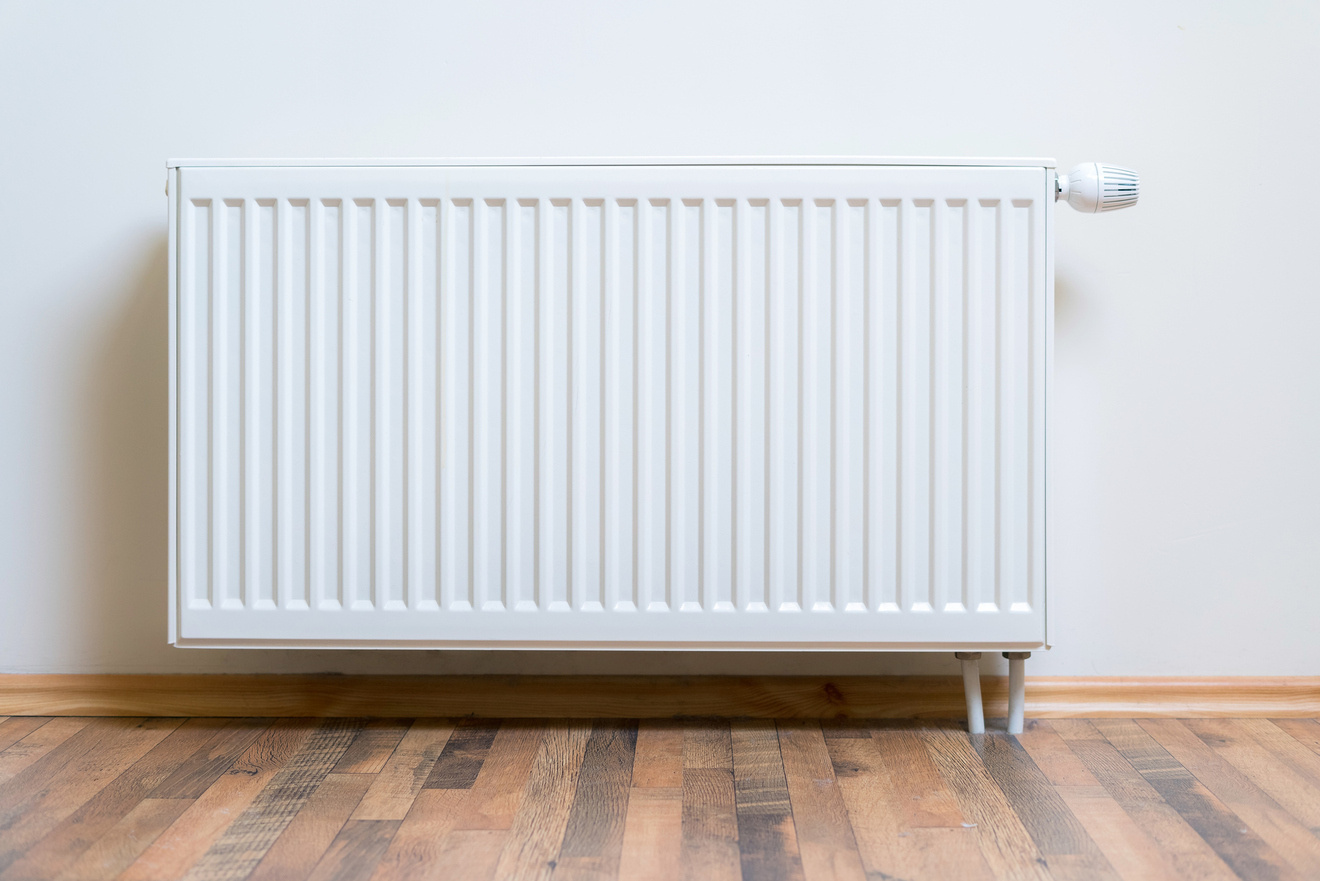

Heating & Cooling
Which Method Is Used To Deliver Heat In Most Central Heating Systems
Modified: February 18, 2024
Learn about the most common method used to deliver heat in central heating systems. Find out how heating and cooling systems work.
(Many of the links in this article redirect to a specific reviewed product. Your purchase of these products through affiliate links helps to generate commission for Storables.com, at no extra cost. Learn more)
Introduction
When it comes to keeping our homes warm during the chilly winter months and cool during the scorching summer heat, central heating and cooling systems play a crucial role. These systems are designed to maintain a comfortable indoor environment, regardless of the weather conditions outside. Understanding the different methods used to deliver heat in most central heating systems is essential for homeowners looking to make informed decisions about their heating and cooling needs.
Central heating systems are designed to distribute heat throughout a building, ensuring that every room receives an adequate amount of warmth. The methods used to deliver heat in these systems vary, with each method offering its own set of advantages and considerations. From forced air systems to radiant heating systems, steam radiators, and hot water baseboard heaters, there are several options available, each with its unique characteristics and benefits.
As we delve into the intricacies of these heating methods, it's important to consider factors such as energy efficiency, cost-effectiveness, and overall comfort. By understanding the nuances of each heating method, homeowners can make informed decisions that align with their specific heating and cooling requirements. Whether it's the rapid warmth provided by forced air systems or the gentle, consistent heat of radiant heating systems, each method has its own appeal and practical applications.
In the following sections, we will explore the various methods used to deliver heat in most central heating systems, shedding light on their mechanisms, benefits, and considerations. By gaining a deeper understanding of these heating methods, homeowners can navigate the world of central heating and cooling with confidence, ensuring that their living spaces remain comfortable and inviting throughout the year.
Key Takeaways:
- Forced air systems quickly heat and cool homes, but may produce noise and require regular maintenance. They also improve indoor air quality, making them a versatile option for year-round comfort.
- Radiant heating systems offer gentle, even warmth, energy efficiency, and improved air quality. They require professional installation and maintenance, making them a sustainable and cost-effective choice for homeowners.
Read more: How To Use Central Heating
Forced Air Systems
Forced air systems are among the most common methods used to deliver heat in central heating systems. These systems operate by heating air in a furnace and then distributing it throughout the building via a network of ducts. The heated air is propelled into the living spaces through vents, providing rapid and efficient warmth. This method is favored for its ability to quickly raise the indoor temperature, making it particularly appealing during cold spells.
One of the key advantages of forced air systems is their versatility. In addition to providing heat, these systems can also be equipped with air conditioning components, offering a comprehensive solution for year-round comfort. This dual functionality makes forced air systems a popular choice for many homeowners, as they provide both heating and cooling capabilities in a single, integrated system.
Furthermore, forced air systems are known for their ability to effectively filter and purify the air within a home. By incorporating high-quality air filters, these systems can help remove dust, allergens, and other airborne particles, contributing to improved indoor air quality. This feature is especially beneficial for individuals with respiratory conditions or allergies, as it helps create a healthier living environment.
However, it's important to note that forced air systems may produce some noise during operation, particularly when the air is being circulated through the ductwork. Additionally, proper maintenance is essential to ensure the optimal performance of these systems. Regular filter changes, duct cleaning, and professional inspections are necessary to keep forced air systems operating efficiently and effectively.
In terms of energy efficiency, forced air systems have made significant advancements in recent years. Modern models are designed to minimize energy consumption while delivering consistent and reliable heating performance. Homeowners can also explore options such as zoned heating, which allows for customized temperature control in different areas of the home, further enhancing energy efficiency and comfort.
Overall, forced air systems offer a compelling combination of rapid heating, cooling capabilities, air purification, and energy efficiency. By understanding the unique features and considerations of these systems, homeowners can make informed decisions when selecting the most suitable central heating method for their living spaces.
Radiant Heating Systems
Radiant heating systems represent a distinct approach to delivering warmth within a building, offering a unique set of benefits and considerations. Unlike forced air systems that rely on the circulation of heated air, radiant heating systems operate by transferring heat directly to objects and individuals in the living space. This method creates a comfortable and consistent warmth that is particularly appealing to many homeowners.
One of the primary advantages of radiant heating systems is their ability to generate a gentle and even distribution of heat. This is achieved through the use of radiant panels, electric cables, or hot water tubes installed beneath the floor, within the walls, or in the ceiling. As these elements warm up, they emit heat that is absorbed by nearby surfaces, creating a cozy and uniform temperature throughout the room. This approach eliminates the drafts and temperature variations often associated with forced air systems, resulting in a more comfortable and consistent indoor environment.
In addition to providing an even distribution of warmth, radiant heating systems offer the benefit of energy efficiency. By directly heating the objects and individuals in a room, these systems can maintain a comfortable temperature using lower heat settings compared to traditional forced air systems. This can lead to reduced energy consumption and lower utility costs over time, making radiant heating an attractive option for homeowners seeking sustainable and cost-effective heating solutions.
Furthermore, radiant heating systems contribute to improved indoor air quality by minimizing the circulation of airborne particles. Unlike forced air systems, which can distribute dust and allergens throughout a building, radiant heating does not rely on air movement to deliver warmth. This can be particularly beneficial for individuals with respiratory sensitivities, as it helps create a cleaner and healthier living environment.
It's important to note that radiant heating systems require professional installation to ensure optimal performance and safety. Proper placement of the radiant panels, cables, or tubes is essential to achieve effective heat distribution and avoid potential issues. Additionally, homeowners should consider the long-term maintenance requirements and potential impact on flooring or wall materials when opting for radiant heating systems.
In summary, radiant heating systems offer a compelling combination of consistent warmth, energy efficiency, and improved indoor air quality. By understanding the unique features and considerations of these systems, homeowners can make informed decisions when selecting the most suitable central heating method for their living spaces.
Most central heating systems use a method called forced hot water or steam to deliver heat. This involves heating water or producing steam in a central boiler and then circulating it through pipes to radiators or baseboard heaters in each room.
Steam Radiators
Steam radiators have long been a staple in many homes, offering a reliable and effective method of delivering heat in central heating systems. These iconic fixtures have a rich history and continue to provide warmth and comfort to countless households. Operating on a simple yet ingenious principle, steam radiators utilize steam to generate and distribute heat throughout a building, creating a cozy indoor environment even in the coldest of weather.
The functionality of steam radiators is rooted in the transformation of water into steam, which occurs within a central boiler. As the water reaches boiling point, it transitions into steam, which then travels through a network of pipes to reach the radiators located in various rooms of the building. Upon entering the radiators, the steam releases its latent heat energy, warming the metal surfaces of the radiators. This heat is then transferred to the surrounding air, raising the temperature of the room and providing a comfortable and inviting atmosphere.
One of the distinctive features of steam radiators is their ability to produce consistent and gentle heat. Unlike forced air systems that may create noticeable temperature fluctuations, steam radiators offer a more gradual and uniform warming effect. This can result in a cozy ambiance that is particularly appreciated during the colder months, enhancing the overall comfort of the living space.
Furthermore, steam radiators are known for their durability and longevity. With minimal moving parts and a straightforward operational mechanism, these heating fixtures can provide reliable warmth for many years with proper maintenance. Additionally, the simplicity of steam radiator systems often translates to lower maintenance and repair costs, making them a cost-effective heating solution for homeowners.
It's important to note that while steam radiators offer effective heating, they may require adequate space for installation. The size and design of the radiators should be considered to ensure they complement the aesthetic and functionality of the living space. Additionally, proper ventilation and pressure regulation within the steam heating system are essential to maintain optimal performance and safety.
In summary, steam radiators represent a time-tested and dependable method of delivering heat in central heating systems. Their ability to provide consistent warmth, durability, and cost-effectiveness makes them a compelling choice for homeowners seeking reliable and efficient heating solutions. By understanding the unique features and considerations of steam radiators, individuals can make informed decisions when selecting the most suitable central heating method for their homes.
Hot Water Baseboard Heaters
Hot water baseboard heaters offer a distinct approach to delivering warmth within a building, providing a reliable and efficient method of central heating. These heating systems operate by circulating hot water through a network of pipes that are concealed within baseboard units installed along the perimeter of rooms. As the hot water flows through the pipes, it releases heat, which is then transferred to the surrounding air, effectively raising the indoor temperature and creating a comfortable living environment.
One of the key advantages of hot water baseboard heaters is their ability to generate gentle and consistent warmth. Unlike forced air systems that may produce noticeable fluctuations in temperature, hot water baseboard heaters offer a more gradual and uniform heating effect. This results in a cozy ambiance that is particularly appreciated during the colder months, enhancing the overall comfort of the living space.
Furthermore, hot water baseboard heaters are known for their energy efficiency. By utilizing hot water as the heat transfer medium, these systems can effectively maintain a comfortable temperature using lower heat settings compared to traditional forced air systems. This can lead to reduced energy consumption and lower utility costs over time, making hot water baseboard heaters an attractive option for homeowners seeking sustainable and cost-effective heating solutions.
In addition to providing consistent warmth, hot water baseboard heaters offer the benefit of silent operation. Unlike forced air systems that may produce noticeable noise during operation, hot water baseboard heaters operate quietly, contributing to a peaceful and undisturbed indoor environment. This feature is particularly appealing for individuals who value a tranquil living space free from the sounds of mechanical systems.
It's important to note that hot water baseboard heaters require professional installation to ensure optimal performance and safety. Proper placement of the baseboard units and the network of pipes is essential to achieve effective heat distribution and avoid potential issues. Additionally, homeowners should consider the long-term maintenance requirements and the impact on interior design when opting for hot water baseboard heaters.
In summary, hot water baseboard heaters offer a compelling combination of consistent warmth, energy efficiency, and silent operation. By understanding the unique features and considerations of these systems, homeowners can make informed decisions when selecting the most suitable central heating method for their living spaces.
Conclusion
In conclusion, the methods used to deliver heat in most central heating systems offer a diverse range of options, each with its own unique benefits and considerations. From the rapid warmth of forced air systems to the gentle, consistent heat of radiant heating systems, the heating methods available to homeowners cater to a variety of preferences and practical needs.
Forced air systems stand out for their versatility, providing both heating and cooling capabilities in a single, integrated system. The ability to filter and purify the air within a home adds to their appeal, contributing to improved indoor air quality. However, considerations such as operational noise and the need for regular maintenance should be taken into account when opting for forced air systems.
Radiant heating systems offer a distinct approach to delivering warmth, creating a comfortable and consistent indoor environment by directly heating objects and individuals in a room. The energy efficiency and improved indoor air quality associated with radiant heating make it an attractive option for homeowners seeking sustainable and cost-effective heating solutions. Professional installation and long-term maintenance requirements are important factors to consider when choosing radiant heating systems.
Steam radiators, with their time-tested reliability and ability to produce consistent and gentle heat, continue to provide effective warmth for many households. The durability and cost-effectiveness of steam radiator systems make them a compelling choice, although considerations such as space requirements and proper ventilation should be carefully evaluated.
Hot water baseboard heaters offer a reliable and efficient method of central heating, delivering gentle and consistent warmth while operating quietly. The energy efficiency and silent operation of hot water baseboard heaters make them an appealing option for homeowners seeking a peaceful and cost-effective heating solution. Professional installation and long-term maintenance considerations should be factored in when selecting hot water baseboard heaters.
By understanding the unique features and considerations of each heating method, homeowners can make informed decisions that align with their specific heating and cooling requirements. Whether prioritizing rapid warmth, energy efficiency, silent operation, or a combination of these factors, the diverse methods used to deliver heat in central heating systems offer options to suit a wide range of preferences and practical needs.
Frequently Asked Questions about Which Method Is Used To Deliver Heat In Most Central Heating Systems
Was this page helpful?
At Storables.com, we guarantee accurate and reliable information. Our content, validated by Expert Board Contributors, is crafted following stringent Editorial Policies. We're committed to providing you with well-researched, expert-backed insights for all your informational needs.
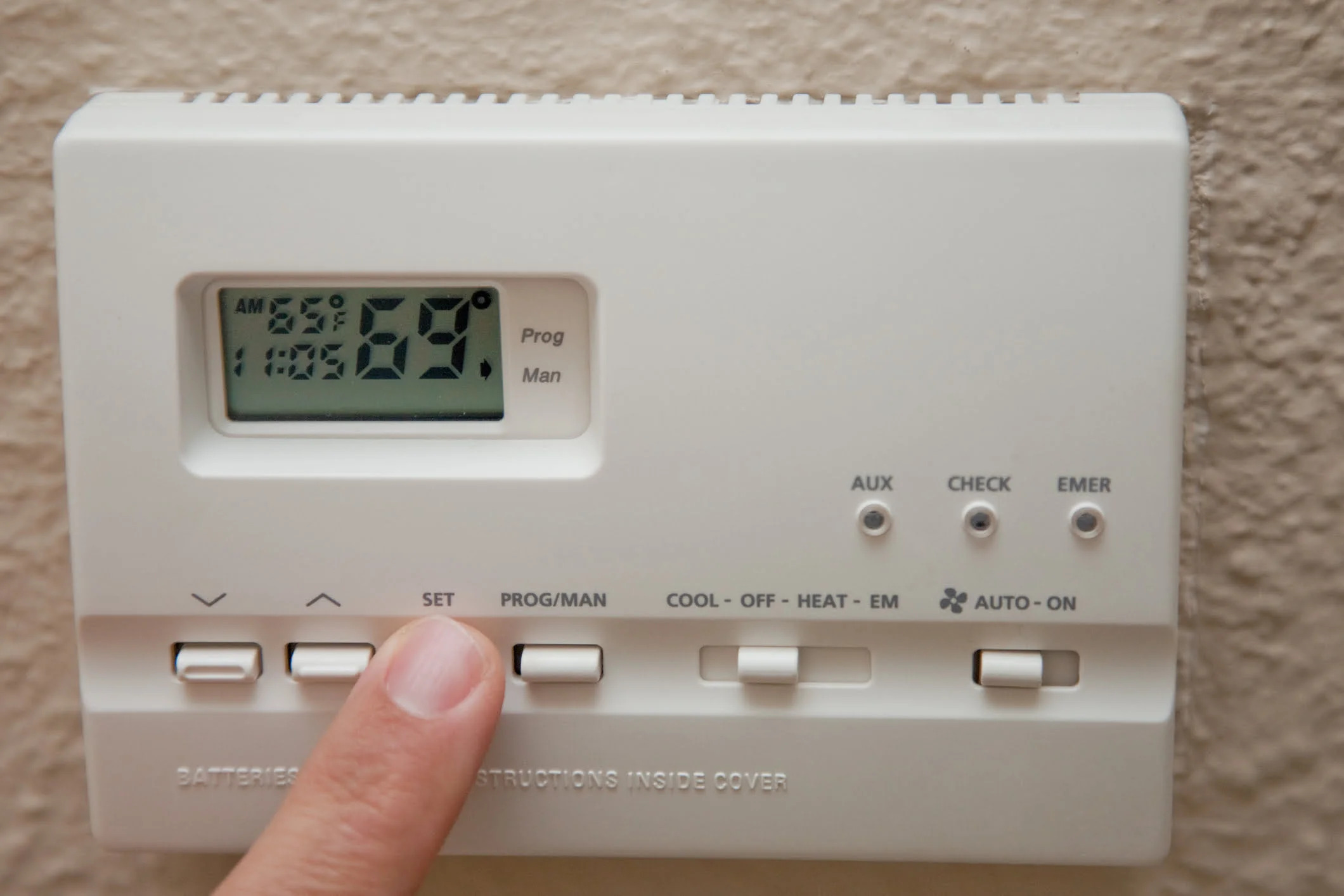
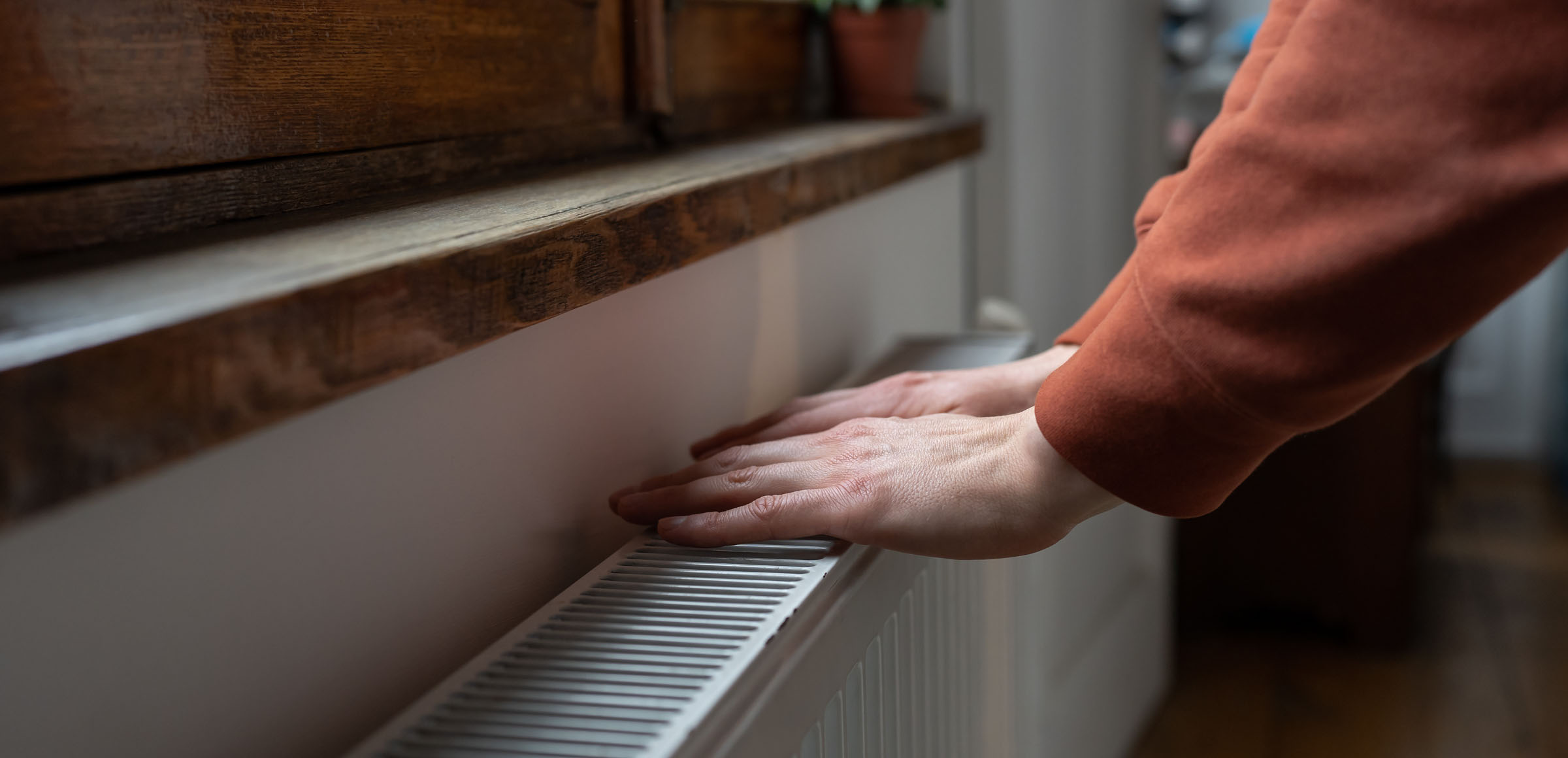
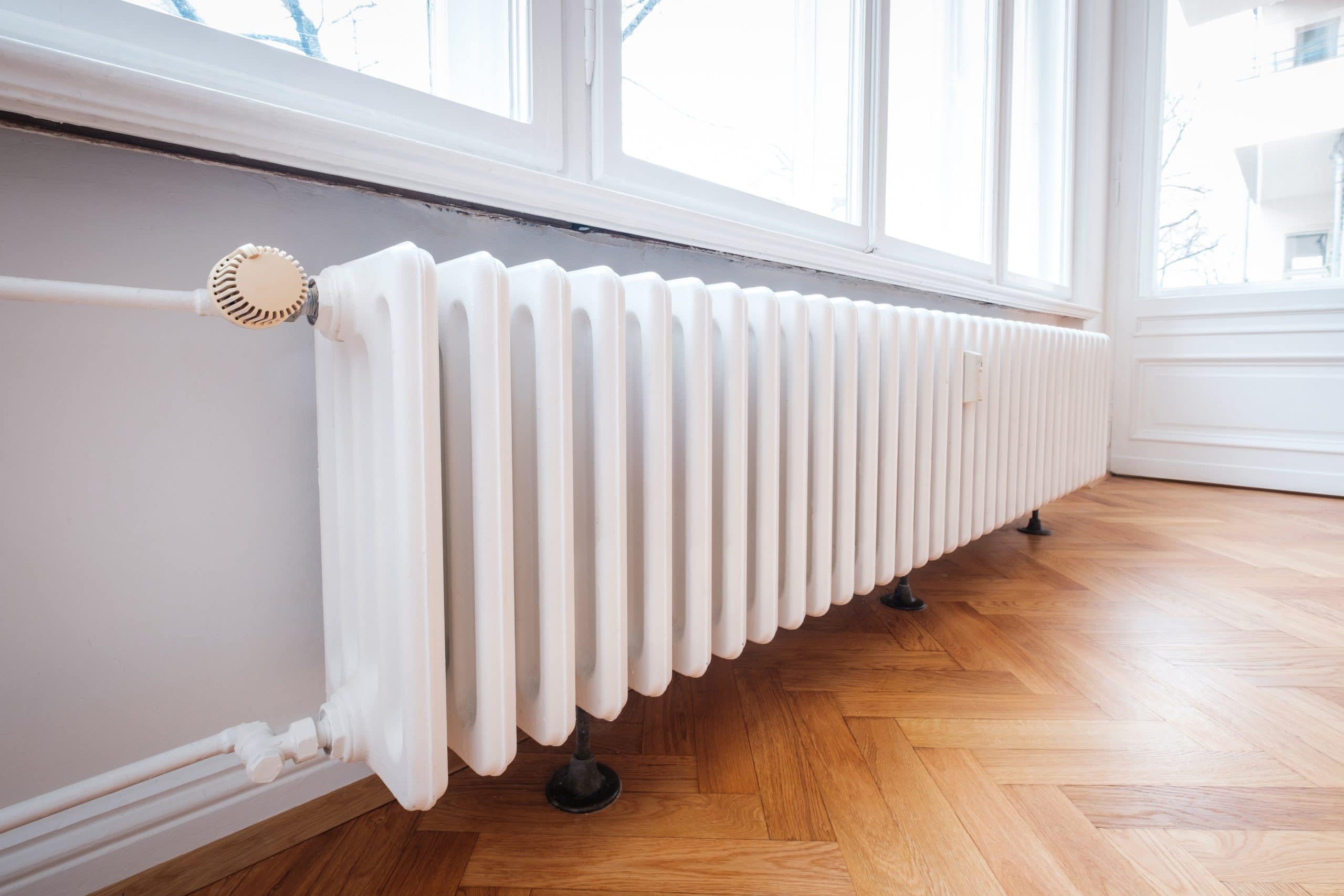
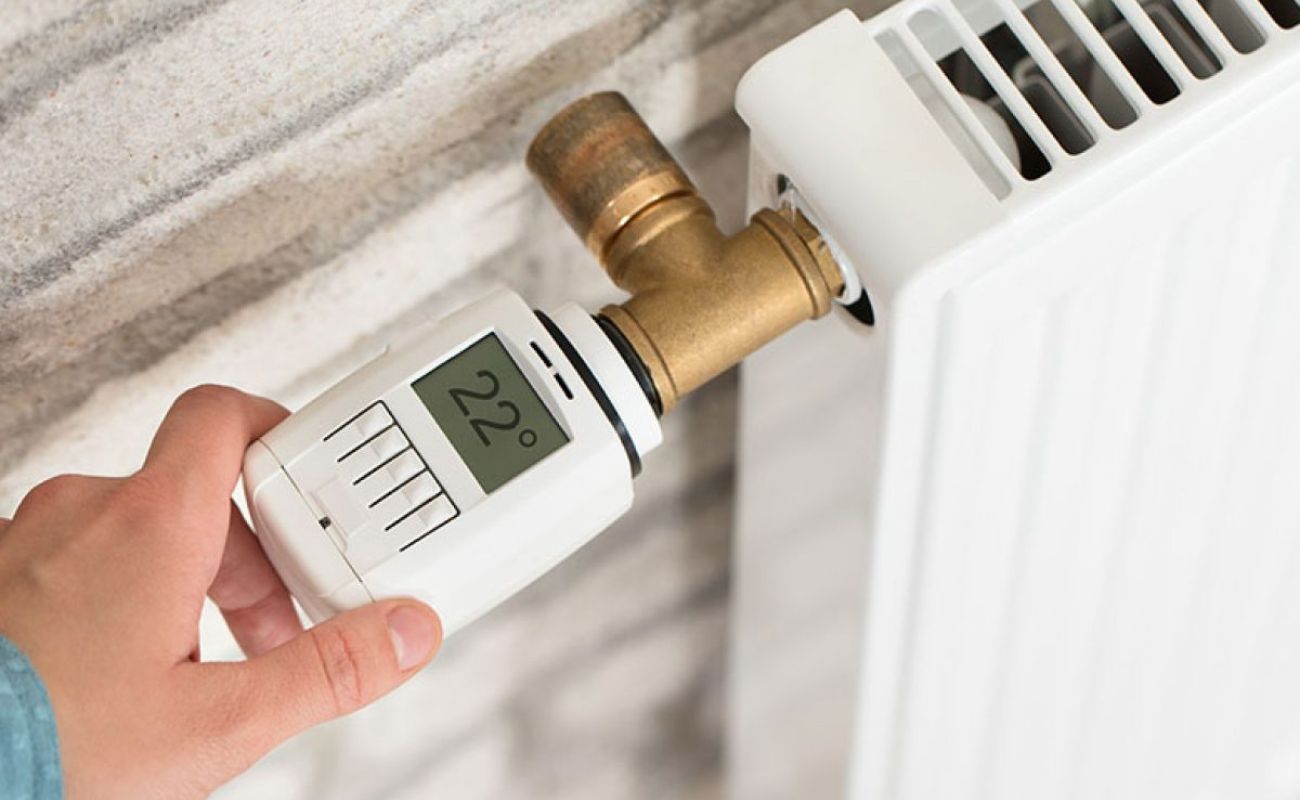
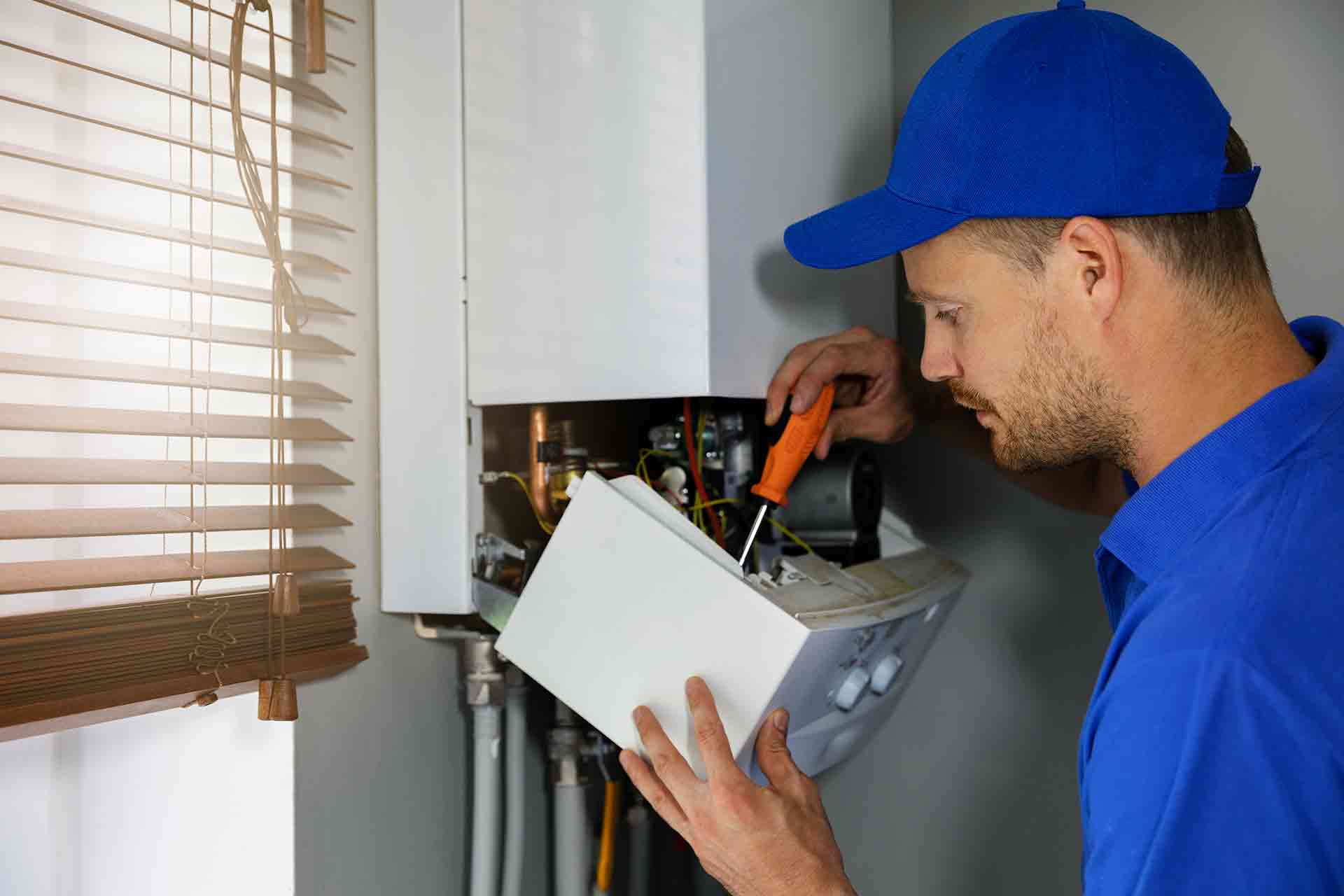
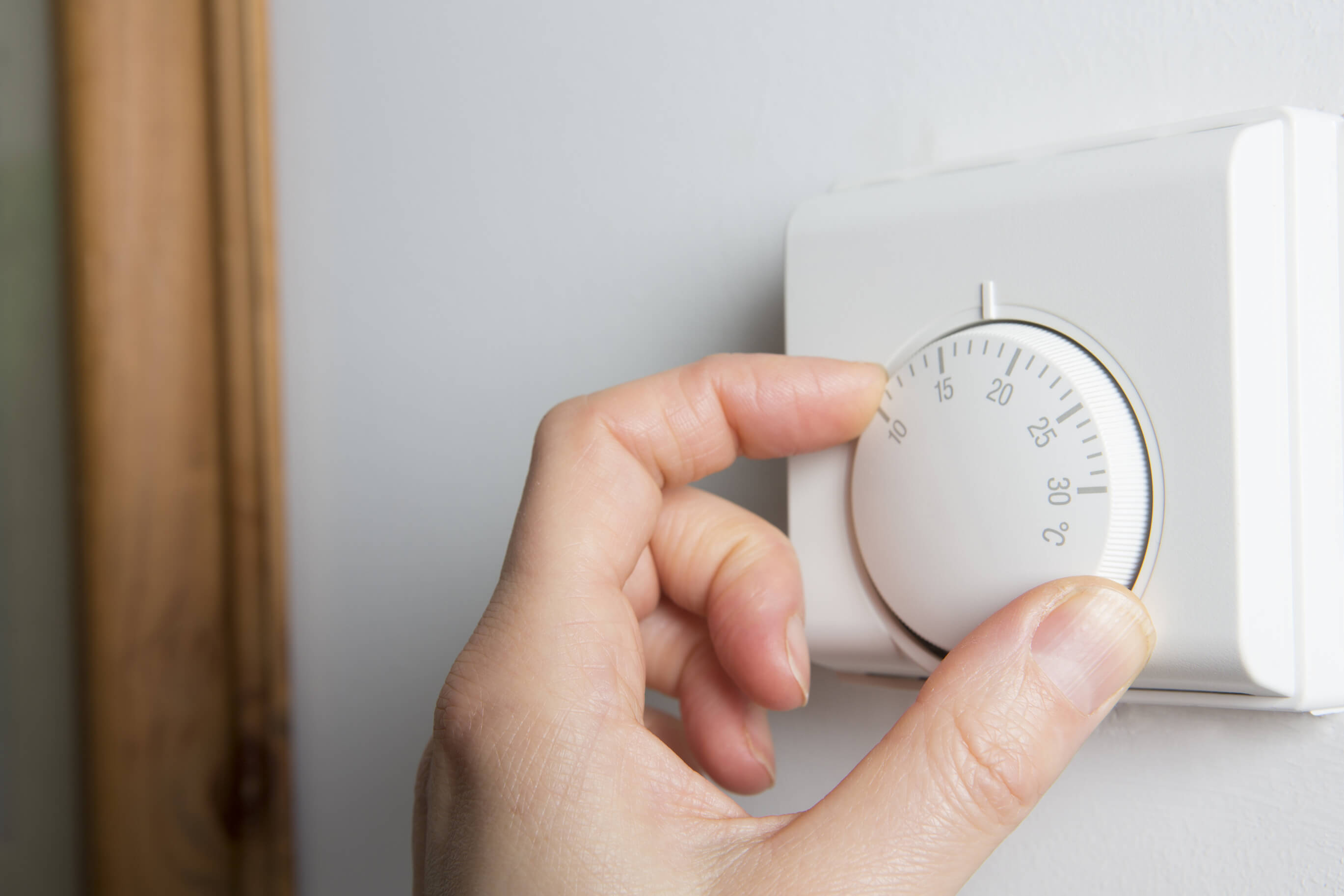

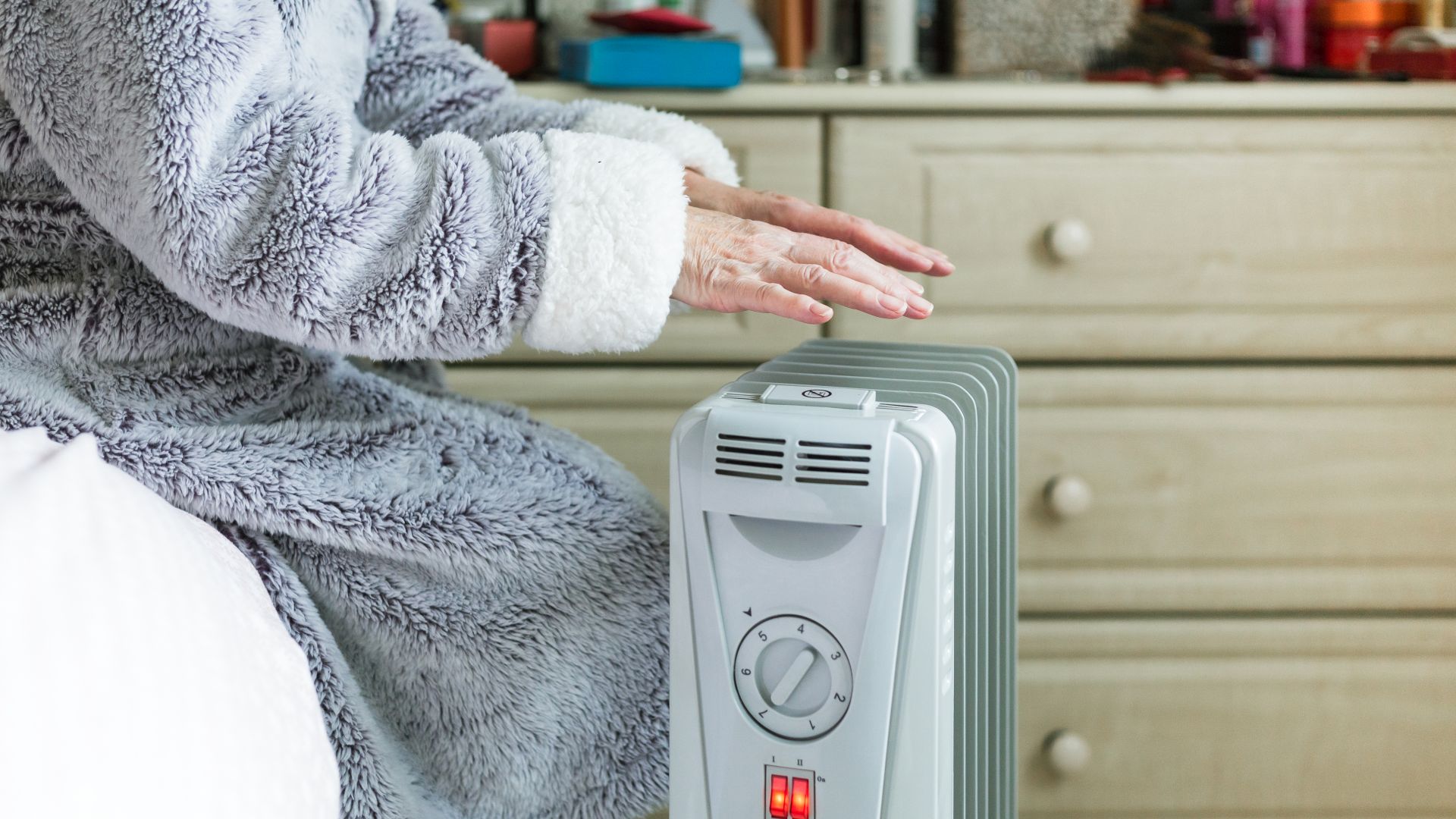
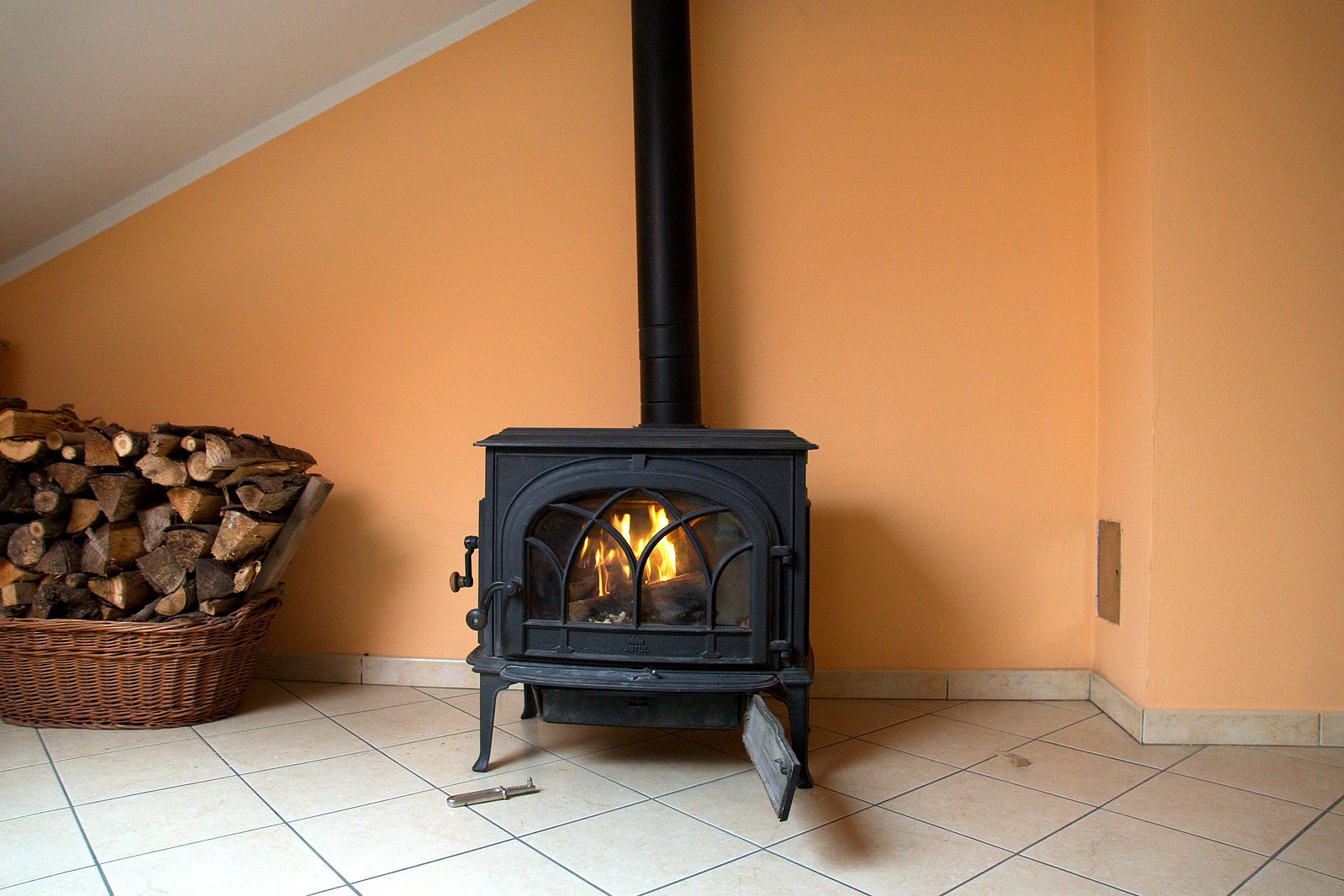
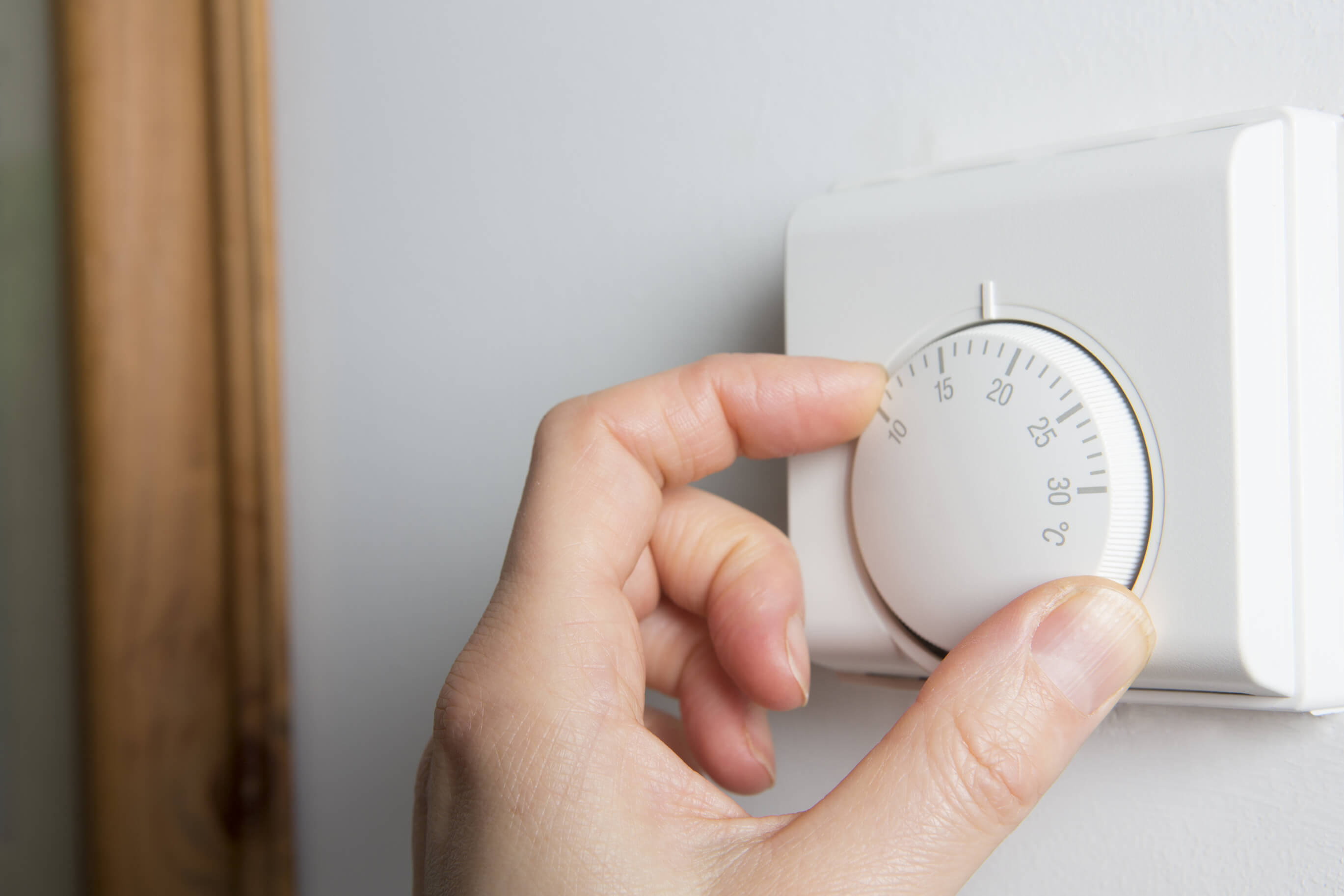
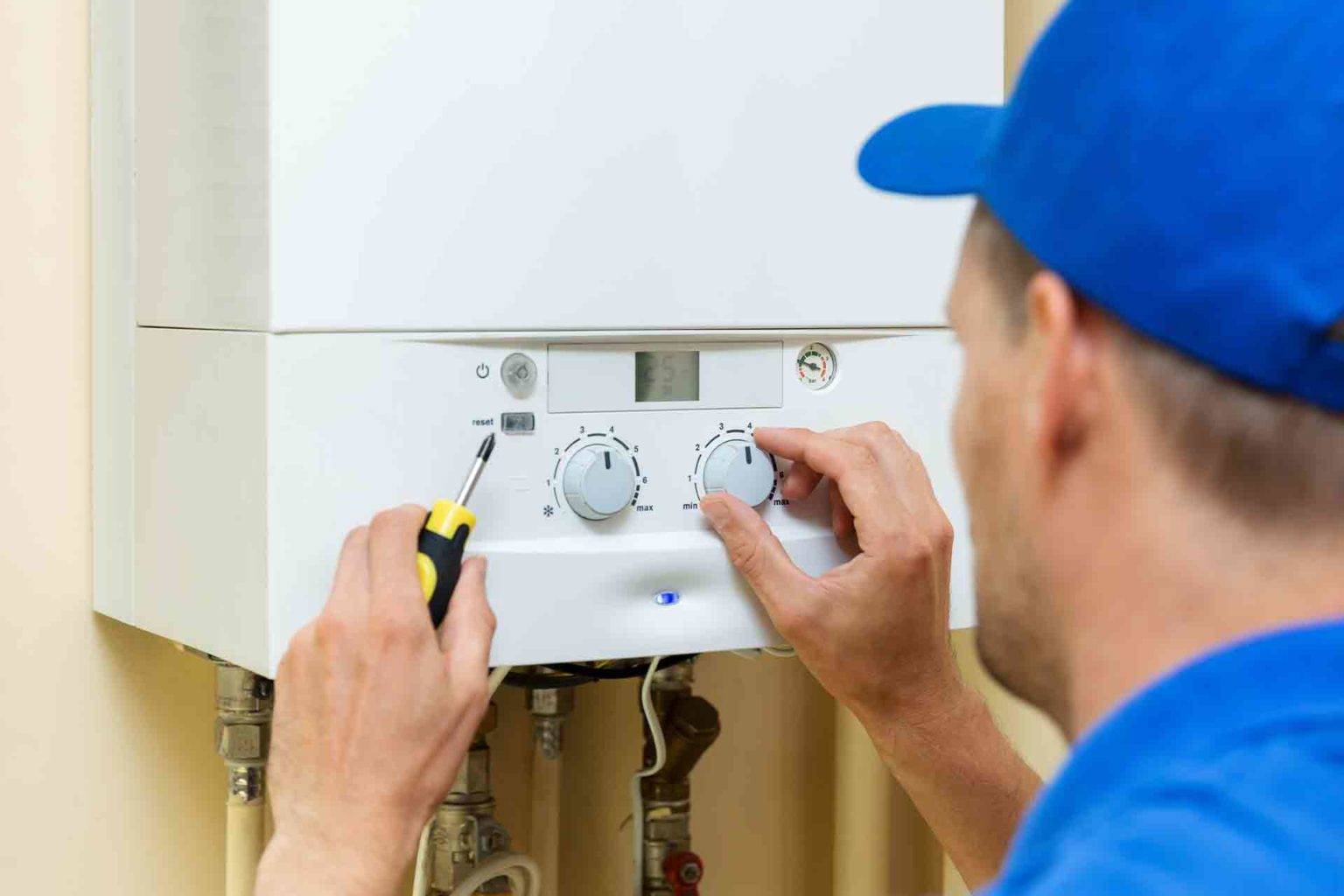
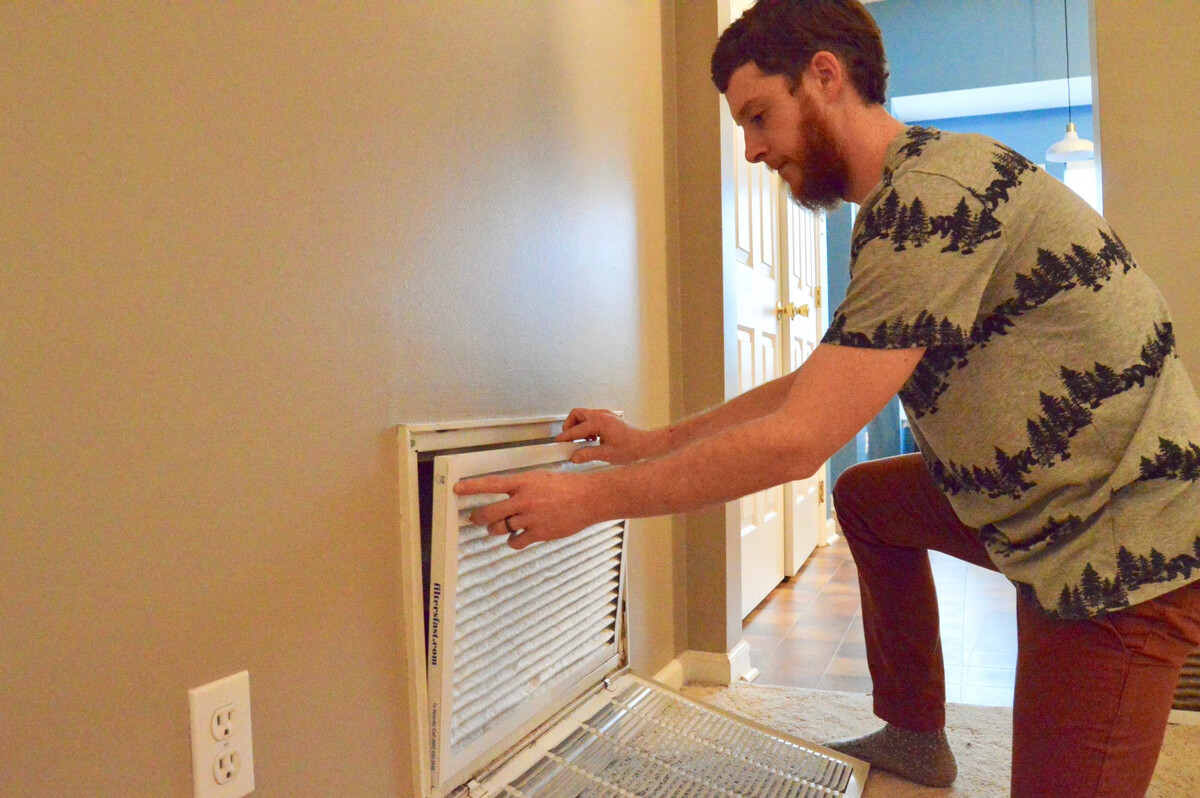
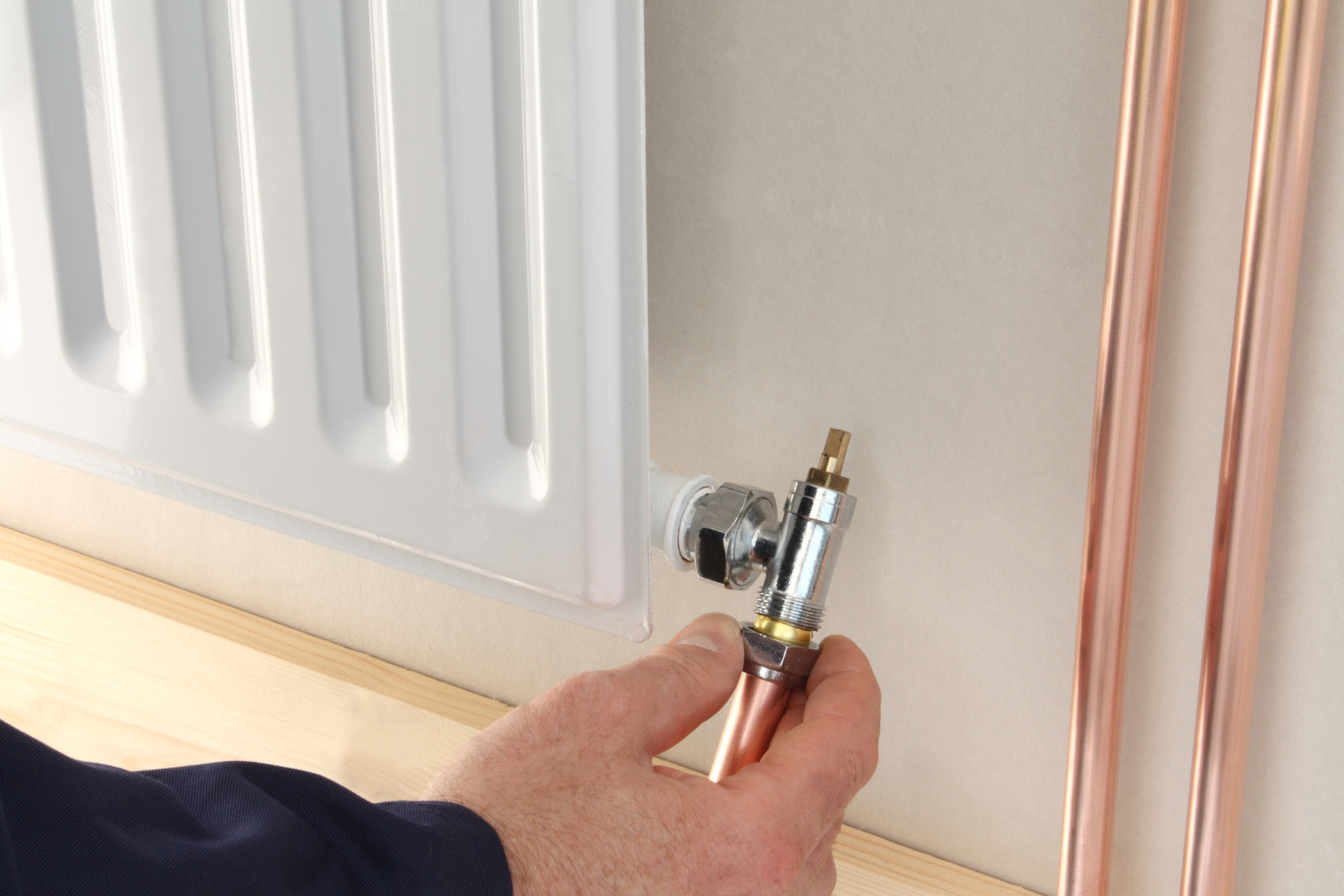
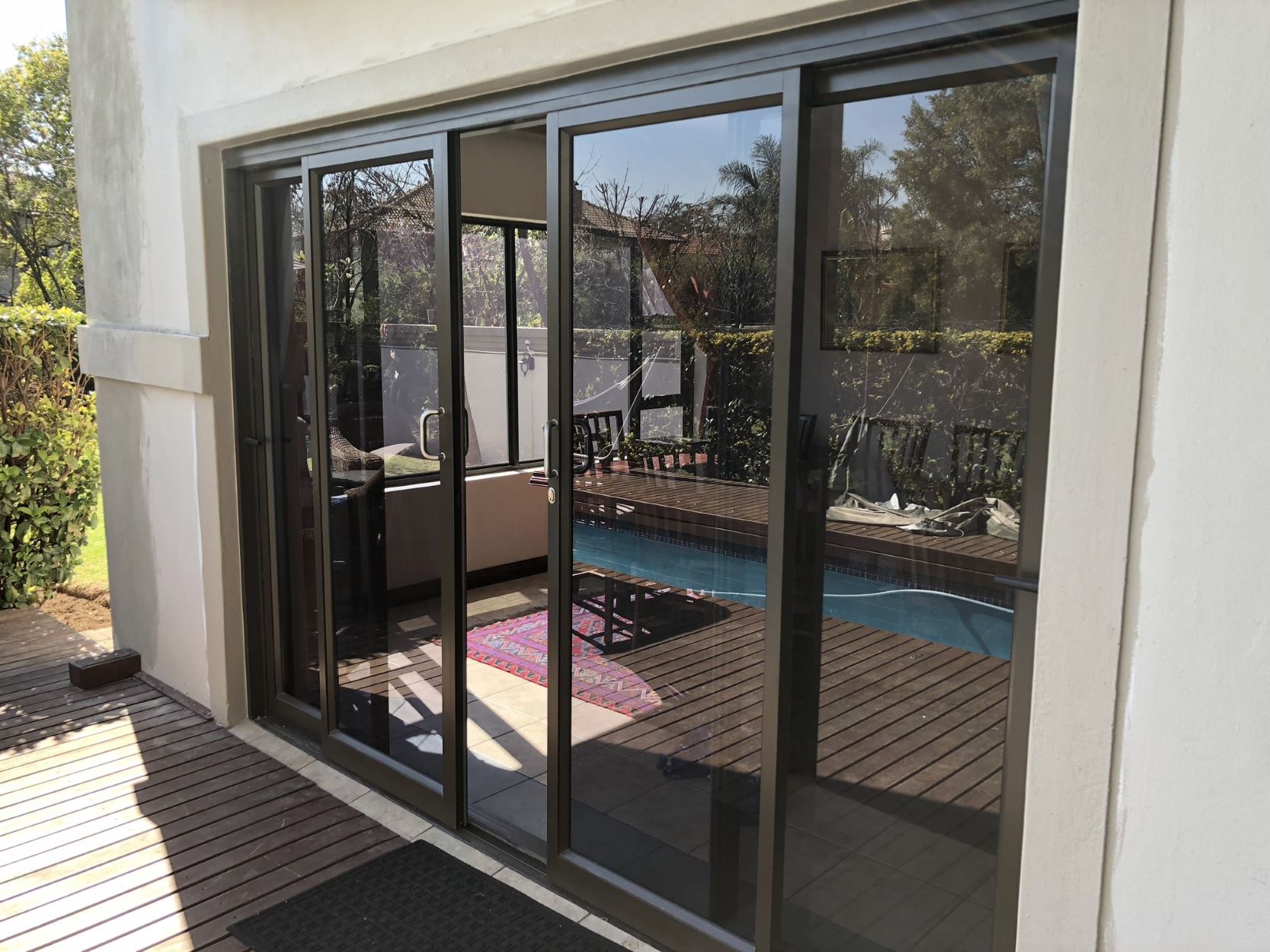

0 thoughts on “Which Method Is Used To Deliver Heat In Most Central Heating Systems”